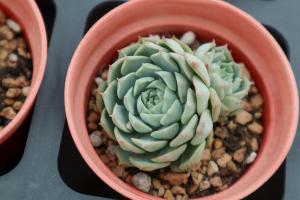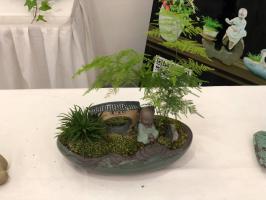Why Did the Military Plant Eucalyptus Trees on Angel Island?
Angel Island is a small island located in the San Francisco Bay area of California. The island has a rich history and has been used for various purposes over the years. One notable use of the island was by the military, who planted eucalyptus trees on the island. The question is, why did the military plant eucalyptus trees on Angel Island?
The Purpose of Planting Eucalyptus Trees on Angel Island
The military planted eucalyptus trees on Angel Island for a number of reasons. One of the main reasons was to create a windbreak. The island is subject to strong coastal winds, and the eucalyptus trees were able to protect the island from the harsh winds. Additionally, the eucalyptus trees were also planted to provide shade and create a more comfortable environment for the military personnel stationed on the island.
The Benefits of Eucalyptus Trees
Eucalyptus trees are known for their many benefits. They are fast-growing trees that are able to quickly establish themselves in a new environment. They are also able to regenerate quickly after being cut back or damaged. Eucalyptus trees also have a strong root system that helps to stabilize the soil and prevent erosion. Additionally, eucalyptus trees are able to absorb large amounts of water from the soil, which helps to prevent flooding and erosion.
The Downside of Eucalyptus Trees
While eucalyptus trees have many benefits, they also have some downsides. One of the main issues with eucalyptus trees is that they are highly flammable. This makes them a significant fire hazard, especially in areas prone to wildfires. Additionally, eucalyptus trees are known for being invasive species in some areas. They can quickly take over an environment and push out native species.
The Legacy of Eucalyptus Trees on Angel Island
Today, the eucalyptus trees on Angel Island remain a part of the island's history. While many of the original trees have been removed or cut back, some still remain. They serve as a reminder of the island's past and the use of the island by the military. Additionally, the eucalyptus trees on Angel Island are now part of the island's ecology. They provide habitat for a variety of wildlife and help to stabilize the soil on the island.
Conclusion
While the military's decision to plant eucalyptus trees on Angel Island may have seemed like a simple solution to a problem at the time, the legacy of those trees is still felt today. The trees serve as a reminder of the island's past and the important role it played in the military's history. Additionally, the eucalyptus trees on Angel Island continue to provide benefits to the island's ecosystem and the wildlife that call it home.

 how many times do yo...
how many times do yo... how many planted tre...
how many planted tre... how many pine trees ...
how many pine trees ... how many pecan trees...
how many pecan trees... how many plants comp...
how many plants comp... how many plants can ...
how many plants can ... how many plants and ...
how many plants and ... how many pepper plan...
how many pepper plan...






























